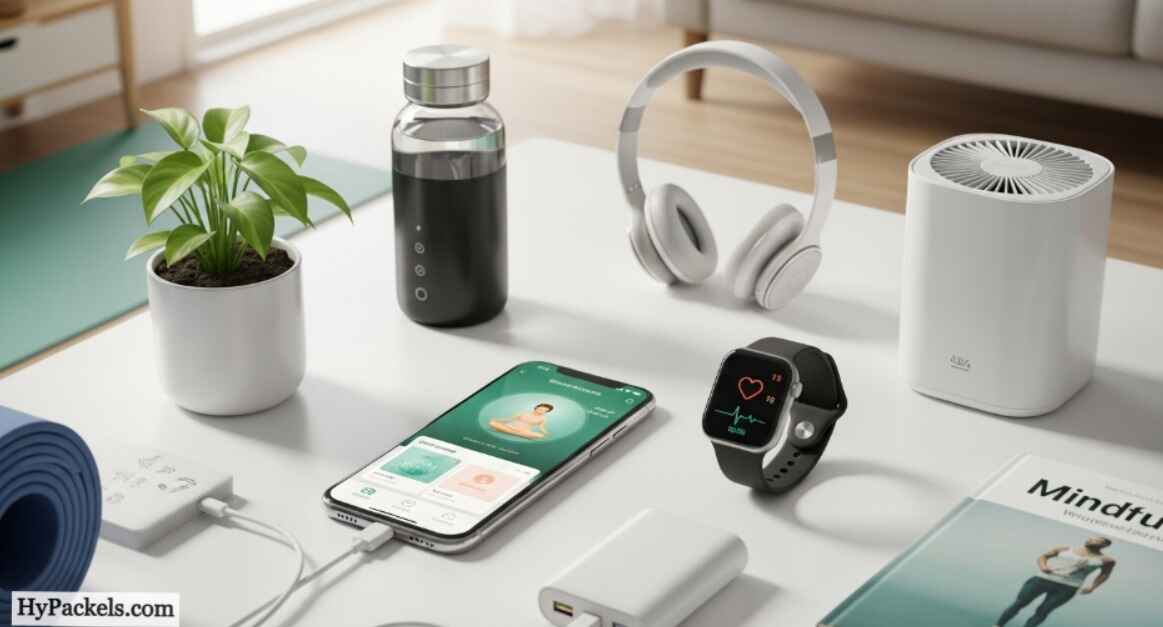Phone:
(701)814-6992
Physical address:
6296 Donnelly Plaza
Ratkeville, Bahamas.

Wellness has always been a universal pursuit. From ancient practices like yoga and herbal medicine to modern fitness and healthcare, people have continually sought ways to improve their physical, mental, and emotional well-being.
In today’s digital age, technology plays a transformative role in shaping how we manage our health and wellness.
The question, “How has the development of technology positively affected our wellness?” is more relevant than ever.
From wearable devices tracking our fitness to telemedicine connecting patients with doctors across the globe, the integration of technology has redefined how we live, work, and care for ourselves. This article explores the many ways technology enhances wellness, backed by expert insights, real-world applications, and practical tips.
Technology contributes to wellness across multiple dimensions—physical, mental, emotional, and social well-being. Some of the most significant advancements include:
The following sections break down these contributions in detail.
Advancements in medical technology have revolutionized healthcare delivery. High-resolution imaging, AI-powered diagnostic tools, and minimally invasive surgical procedures enable faster, safer, and more accurate treatments. This improves not only life expectancy but also quality of life.
Examples include:
Telemedicine allows patients to consult doctors remotely through video calls and apps. This ensures accessibility, especially for people in rural areas or with limited mobility. Telemedicine has expanded preventive care, chronic disease management, and mental health therapy sessions—all contributing to wellness.
Genomic research and artificial intelligence allow for personalized treatment plans, ensuring that patients receive care tailored to their unique genetic and lifestyle profiles. This reduces side effects and improves recovery outcomes.
The rise of smartwatches and fitness bands has empowered individuals to take charge of their physical activity. These devices track steps, calories burned, heart rate, and even oxygen levels.
Benefits include:
Apps and online programs provide on-demand workout sessions, yoga classes, and guided meditation practices. This makes fitness more convenient and adaptable to different lifestyles.
Technology provides access to resources that address anxiety, depression, and stress. Apps such as meditation guides, mood trackers, and online counseling platforms help users practice self-care.
Key advantages:
From calming music apps to VR-based relaxation experiences, digital tools help users manage burnout and mental fatigue. These interventions support balance in a fast-paced, tech-driven world.
Apps track calorie intake, analyze meal choices, and suggest healthier alternatives. By providing real-time data, individuals can make informed decisions about their diet.
Technology ensures better food preservation, packaging, and monitoring of nutritional values. Advances like plant-based alternatives and lab-grown meat address both health and sustainability.
Digital platforms bring people together around shared health challenges, fitness goals, or mindfulness practices. These virtual communities reduce feelings of isolation and encourage accountability.
Remote work technology has reshaped the way people manage their schedules, giving more flexibility for exercise, family time, and mental health care.
Smart mattresses and sleep-tracking apps monitor sleep cycles, helping users optimize rest. Adequate sleep boosts cognitive function, immunity, and emotional balance.
IoT (Internet of Things) devices such as air purifiers, smart lighting, and voice-activated assistants contribute to a healthier living environment.
While technology offers many benefits, overuse can lead to screen fatigue, reduced physical activity, and privacy concerns. Balancing technology with offline practices ensures holistic well-being.
Tips:
When asked, “How has the development of technology positively affected our wellness?” the answer is clear: technology has provided tools that make healthcare more accessible, fitness more trackable, mental health support more available, and lifestyles more sustainable.
Wellness is no longer restricted to physical health—it now includes emotional, social, and environmental aspects, all of which technology enhances. By using digital tools wisely, individuals can achieve greater balance, resilience, and longevity.